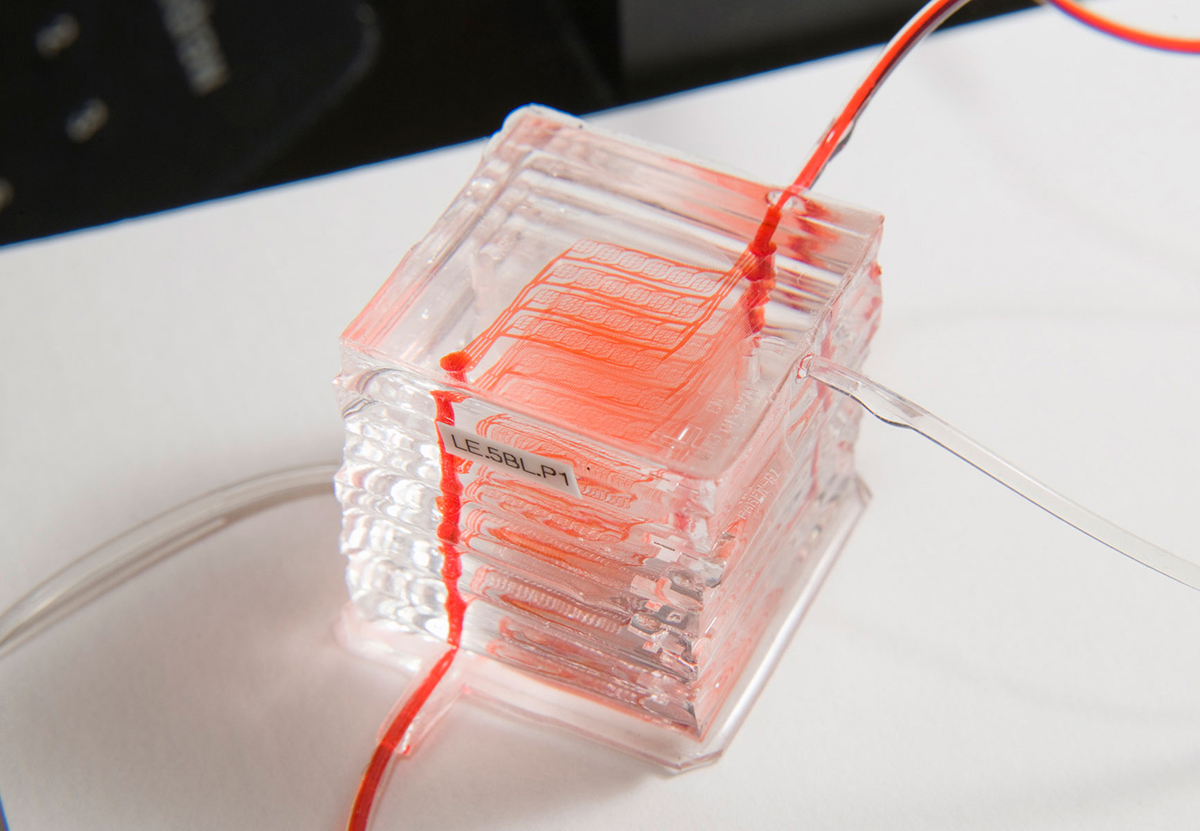Introduction: The Future of Humanity in a Cyborg World
Human longevity has always been an alluring concept—stretching the boundaries of what’s biologically possible, and breaking free from the natural limits of aging. With modern medicine steadily pushing the envelope of health and vitality, the question remains: Can we truly extend our lifespans, or even achieve immortality?
Enter bionics. The marriage of biology and technology—artificial limbs, organs, and implants—has evolved at a pace that was unimaginable just a few decades ago. We now have prosthetics that not only restore function but enhance it. Could these technological marvels hold the key to human longevity, pushing us into an era where aging is no longer a death sentence?
In this article, we’ll explore the concept of bionics in the context of human longevity, delving into how technology can extend life, the role of artificial organs and limbs, and what the future might hold for humanity’s fight against aging.
The Promise of Bionics: What Is It?
Bionics is the application of biological principles to the design and creation of machines, often aimed at replacing or enhancing biological functions. Think of it as engineering human-machine hybrids: devices that integrate with the human body to restore lost function or augment natural abilities. Prosthetic limbs, retinal implants, and even artificial hearts fall under the umbrella of bionics.
At its core, bionics strives for one thing: enhancing the human condition. For people suffering from disabilities or life-threatening health conditions, bionics can offer not just a chance for survival, but an opportunity for thriving beyond the limits of human biology.

The Intersection of Aging and Technology
Aging is the natural biological process that leads to the gradual breakdown of cells, tissues, and organs. Over time, our bodies lose the ability to repair and regenerate themselves, leading to frailty, disease, and death. For centuries, humans have searched for ways to slow or reverse this process. Some have sought the Fountain of Youth, while others have focused on improving diet, exercise, and medicine.
With the rise of biotechnology, however, we now have new avenues to tackle the physical limitations of aging. Genetic engineering, regenerative medicine, and stem cell therapies have opened doors to slowing aging at the cellular level. But bionics could offer a different, perhaps more radical solution: upgrading our biology with technology.
Instead of merely addressing the symptoms of aging, bionics could tackle the root cause—the physical breakdown of our bodies.
How Bionics Could Enhance Longevity
1. Replacing Deteriorating Organs
As we age, our organs start to wear down. The heart weakens, the kidneys falter, and even the brain can suffer from neurodegenerative diseases. In many cases, organ failure is a primary cause of death.
Here’s where bionics could play a pivotal role. Imagine artificial organs—advanced, bio-compatible devices designed to replicate the function of natural ones. For instance, bionic hearts already exist in prototype form, providing a potential solution to heart failure. These artificial hearts could not only extend life but dramatically improve its quality by enhancing overall heart function, reducing the need for constant medications, and lowering the risk of complications associated with aging hearts.
The brain could also benefit from bionic augmentation. Advances in neuroprosthetics, such as implants that enhance memory or cognitive abilities, may soon pave the way for a future where neurodegenerative diseases like Alzheimer’s could be slowed or even prevented.
2. Regenerating Lost or Damaged Limbs
Another profound aspect of bionics is the potential for enhancing mobility and physical capability. Prosthetic limbs have already advanced significantly, with mind-controlled bionic arms offering a high degree of dexterity. For individuals who lose their limbs due to injury or disease, these innovations offer not just restoration of function but often an improvement on the natural limb.
The benefits go beyond aesthetics. As bionic technology improves, we could see enhancements that allow for greater strength, endurance, and precision in our movements. Imagine a person with bionic legs that allow them to run faster, jump higher, or move with greater ease and less effort. As we age and our bones weaken, these enhancements could make a world of difference in maintaining our mobility and independence.
3. Artificial Eyes and Ears: Enhancing Sensory Perception
Age often dims the senses. Vision and hearing tend to deteriorate with time, leading to a diminished quality of life. But bionic technology offers the potential for restoring and even enhancing our sensory faculties.
Bionic eyes, for example, are already in development, with devices like retinal implants enabling visually impaired individuals to regain some sight. In the future, these devices could be improved to offer enhanced vision—perhaps even beyond the capabilities of a natural human eye.
Similarly, bionic ears—such as cochlear implants—are already transforming the lives of individuals with hearing loss. With further advancements, we might see devices capable of not just restoring hearing but amplifying it or even filtering out background noise for clearer sound perception.
Can Bionics Truly Slow the Aging Process?
While bionics can address many of the physical limitations that come with aging, the question remains: Can they slow down or even reverse the aging process itself?
The answer lies in the distinction between biological aging and technological enhancement. Biological aging is an inevitable process. Our cells undergo wear and tear, our DNA accumulates damage, and our organs gradually lose function. No matter how advanced bionics becomes, it can’t entirely halt these processes.
However, bionics could mitigate the impact of aging. By replacing worn-out organs and enhancing our physical and sensory abilities, bionics could dramatically extend the healthy years of our lives, allowing us to live longer and more fulfilling lives before the inevitable breakdown of biological systems catches up with us.
Moreover, when combined with advances in gene therapy and cellular regeneration, bionics could form a powerful triad of technologies that significantly extend human life. Together, these tools could offer an era of rejuvenation, where the elderly remain healthy and active for much longer than ever before.

Ethical and Social Implications of Bionics for Longevity
As bionic technologies advance, the question of equity and access becomes more pressing. Would such life-extending technologies be available to everyone, or would they be limited to the wealthy few? Could society’s focus on longevity lead to new forms of inequality or social division?
Moreover, the ethics of human enhancement must be carefully considered. As we augment our bodies with technology, we are redefining what it means to be human. What happens when a person’s identity is intertwined with machines? What are the implications for our sense of self and our relationships with others?
There are also questions about the longevity of society itself. If people begin living significantly longer lives, what impact would that have on populations, resource allocation, and even intergenerational dynamics?
These are complex issues that will require careful thought as bionic technologies evolve and become more widespread.
The Road Ahead: A Cyborg Future?
As bionics continues to advance, the line between biology and technology will become increasingly blurred. While we may not achieve immortality, we might see lifespans that were once thought impossible. The ability to replace failing organs, enhance physical abilities, and improve sensory perceptions could redefine what it means to age.
With that said, bionics is far from the only tool in the quest for longevity. Advances in genetics, regenerative medicine, and even nanotechnology will all play crucial roles in shaping the future of human lifespan. Bionics is just one piece of the puzzle—but it’s a transformative piece, one that holds the promise of a longer, healthier, and more capable life.
So, could bionics unlock human longevity? The future suggests that while we might never truly escape the passage of time, the technologies at our disposal today—and in the future—could dramatically enhance our quality of life, offering us a chance to age with grace and vigor.











































